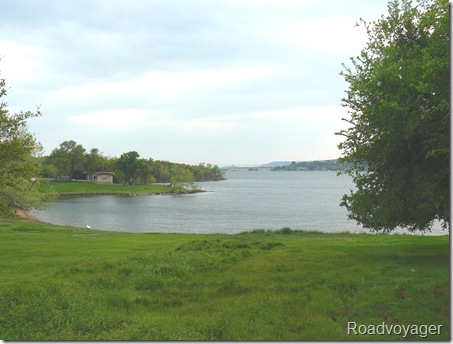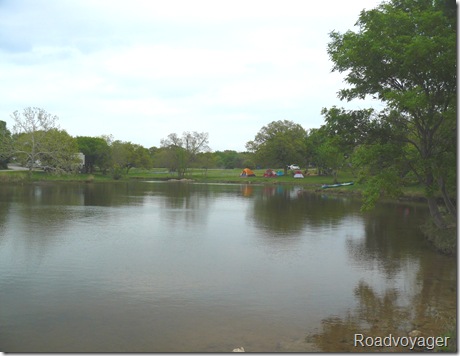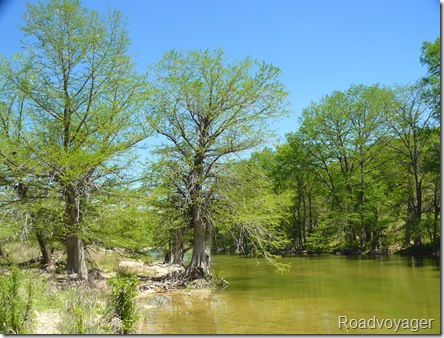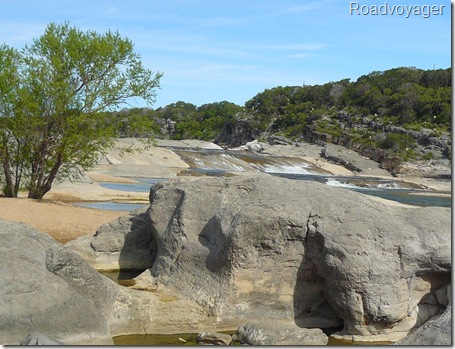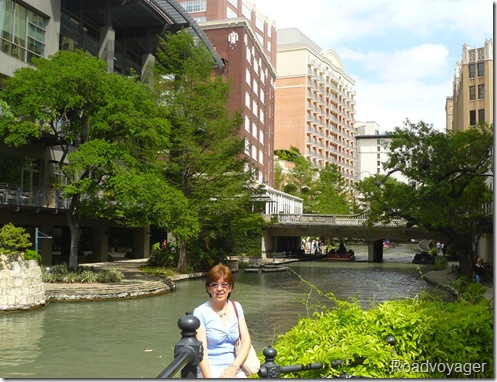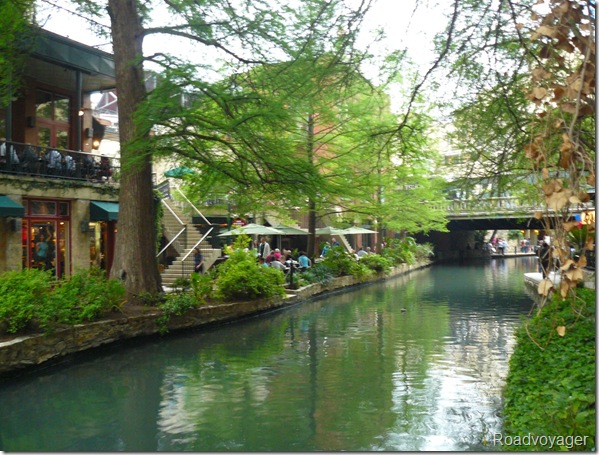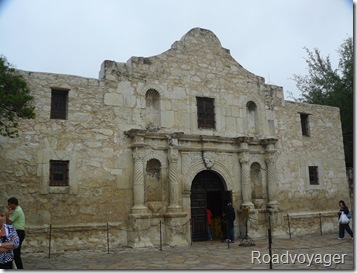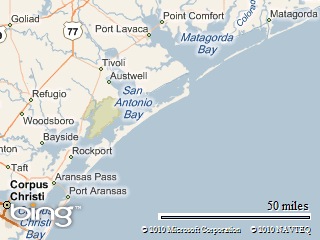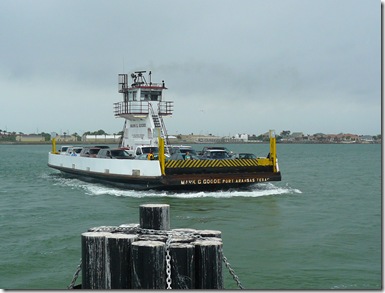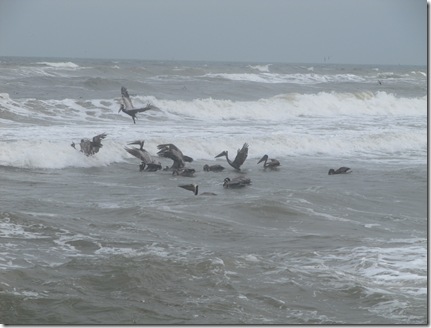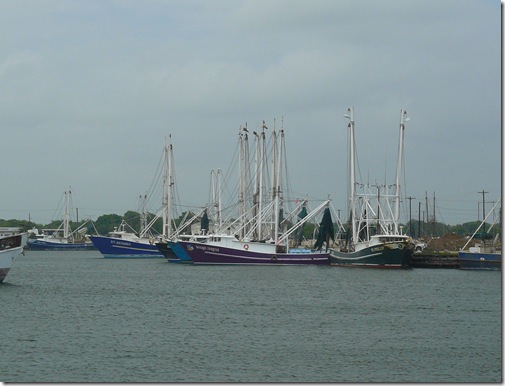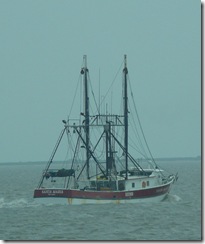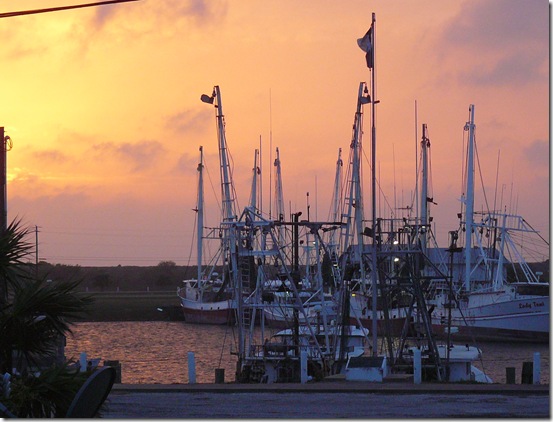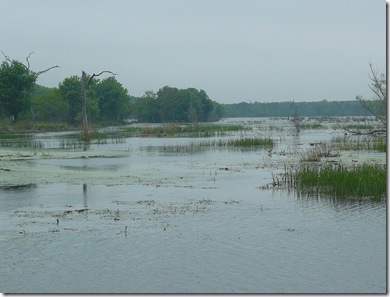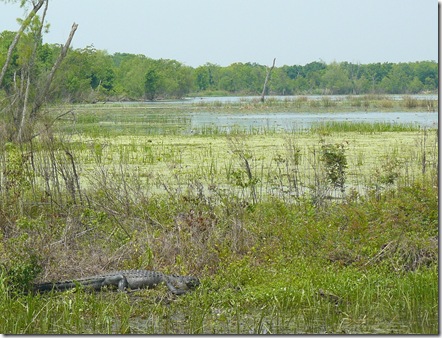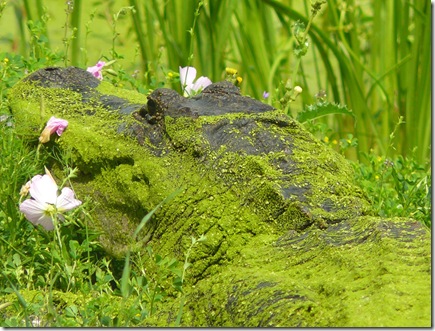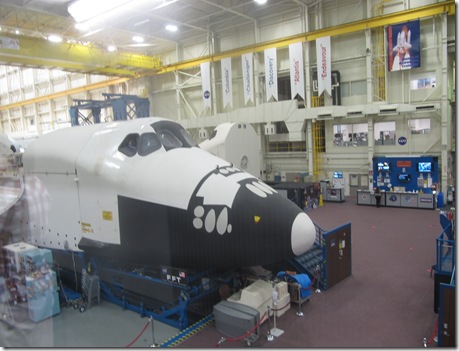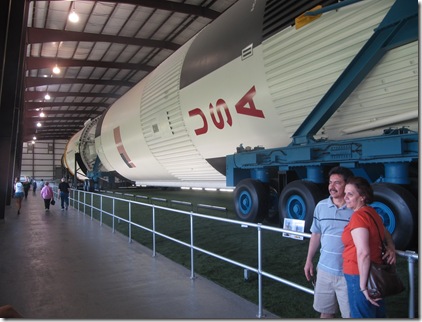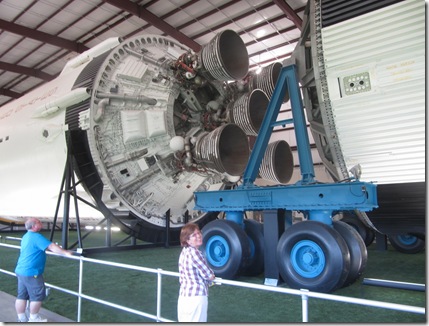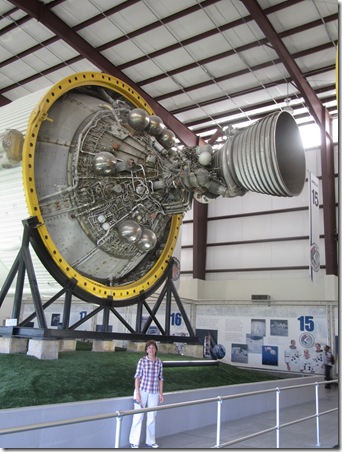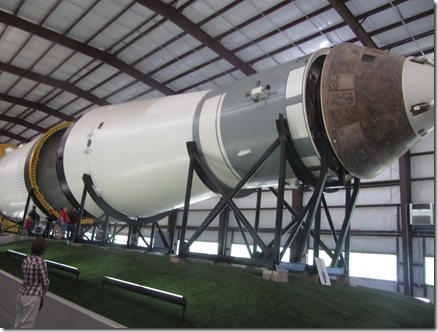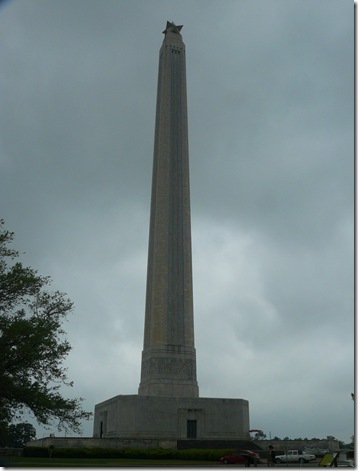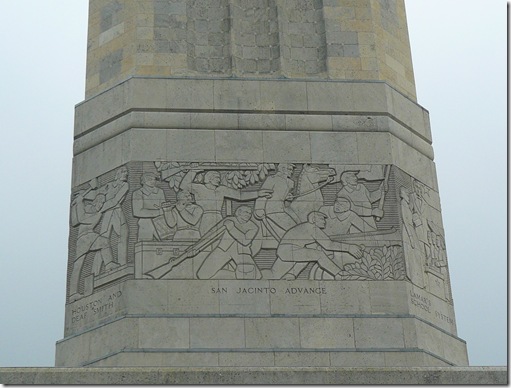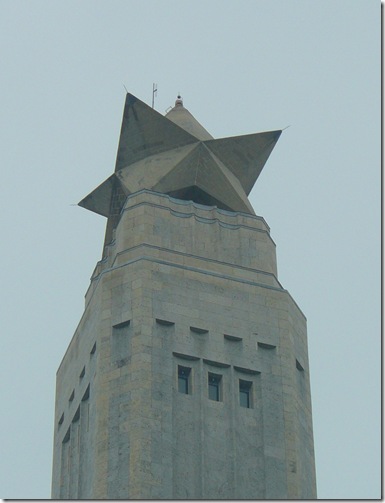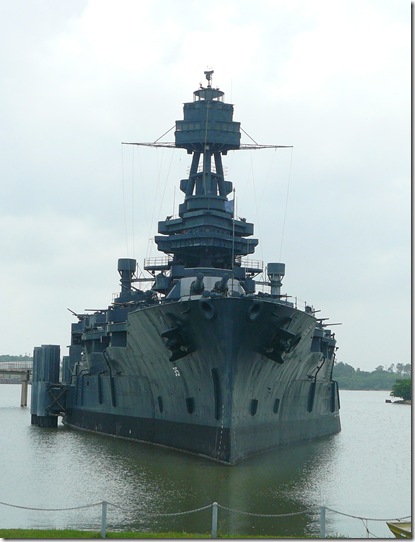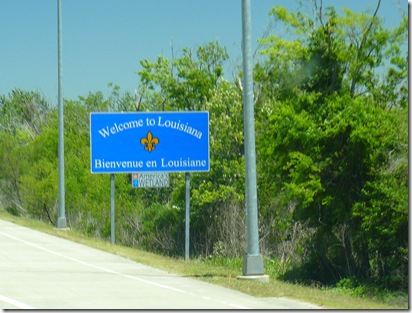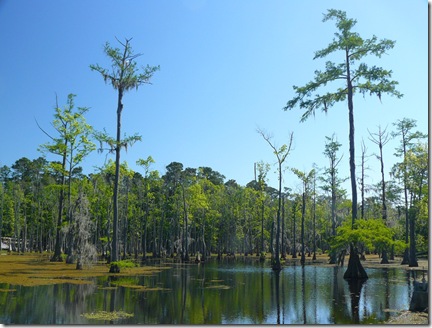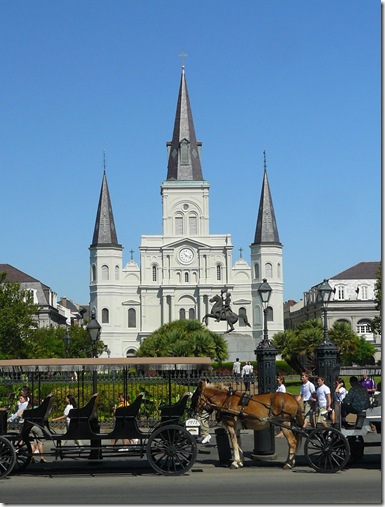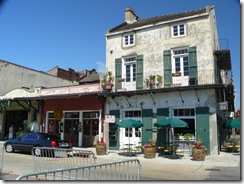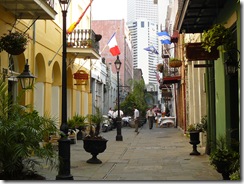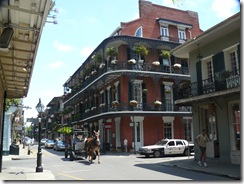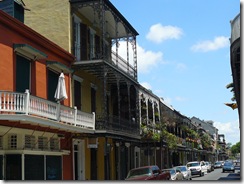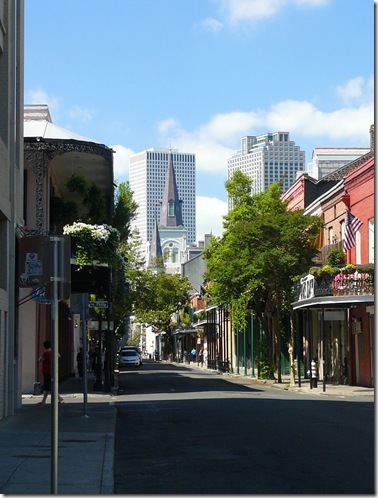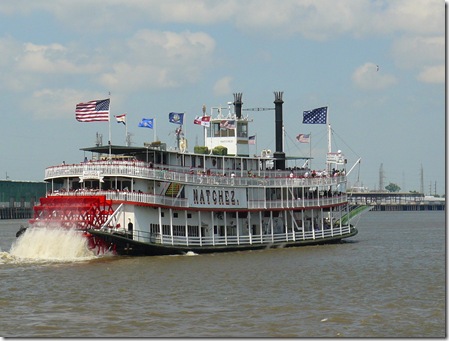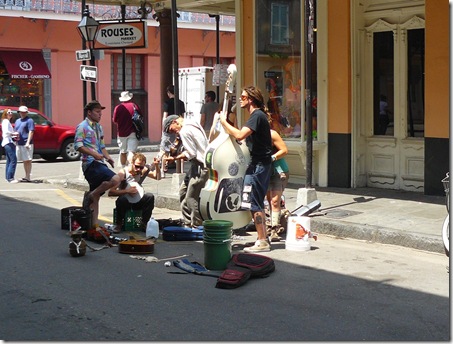We knew very little about Texas when we came into it. John Wayne riding his horse through dessert scrublands, “everything is bigger and better in Texas” etc. were the image we had – OK so big, dry and dusty, and so it was in the far west of the State.
The central part of the State is Hill Country and quite a surprise. Very green, leafy and a fair bit of water.
Hill Country
South Llano River near Mason, TX
Roadside verges full of wild flowers.
Inks Lake, West of Austin.
One of the series of man-made lakes that were formed when the Colorado River was dammed in 1930s.
(Note:different Colorado River to the Grand Canyon)
Our spot on the lakeside overlooked a small inlet.
Pedernals River in the State Park is subject to flash flooding.
The falls, about 40 ft wide and a few inches deep, gently flow over the stone river bed.
Signs on the access pathway, with photographs, warn that it takes only 5 minutes for a flash flood to transform this tranquil scene into a boiling mass 20ft deep and 100ft wide.
San Antonio and the Alamo
San Antonio, a city with a population of Newcastle, Gateshead and Sunderland combined is to the south of Hill Country. Although our bus ride into the city took us through some of the run down suburbs the central area has an impressive River walk and several new hotel complexes.
A 2 minute walk from the centre of the modern city is the Alamo.
The battle which took place here in 1836 lead to the break of Texas from Mexico as an independent Republic.
The Gulf Coast
South from San Antonio is Corpus Christi were we headed for Mustang Island.
The west side of the gulf in Texas has a string of islands just off the coast and linked to it by bridges, causeways, and ferries.
Pelicans fishing in the surf at Mustang Island.
Causeway and bridge at Corpus Christi.
Part of the Palacios fleet, a major fishing port in US, with shrimp (king prawn) being the main catch.
Of Alli and Crocs
Heading inland from the coast we set up camp at Brazos Bend State Park “Home of the American Alligator”.
The tranquil waters of the swamps and lagoons made for a pleasant stroll.
Alligator bottom left, about 6ft long, on opposite bank.
This one (nearer 12ft) was just to one side of the footpath wear a disguise of pondweed and flowers!!
There are 300 adult alligators in the park - we saw a few of them and there are pictures in the album below.
So what is the difference between an alligator and a crocodile? We asked a ranger.
Visually the jaw is different. Alli has an overbite and the top jaw covers the lower teeth. Crocs teeth mesh with upper and lower being visible when the jaw is closed. More important is temperament. Alli does not see humans as food and is not interested in us unless it feels threatened. Crocs see everything as food and is likely to attack!!
If it has a grip on your leg; either you got too close or its a Croc. Also Crocs, in the US, are only found in Southern Florida not in Texas……… and you thought we were being brave!!
NASA Houston
A complete change was our trip to NASA. The visitor centre is run as a concession and has been styled by Disney, so lots of visual and interactive stuff mixed in with commercial. 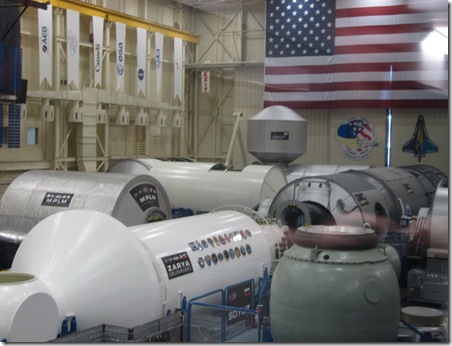
Highlights were the mock up building, with full size mock ups of the International Space Station (ISS), the space shuttle and the robotic manipulator.
This facility is used for training astronauts, developing and practicing manoeuvres and testing equipment. Weightless training is done in a huge tank nearby in Houston.
There was also a presentation which included updates on current activities with video of astronauts due to be on the next shuttle flights. We were surprised that most are in their 40s and 50s.
It had been widely reported that the planned manned flights to the moon had been cancelled by Barack Obama. We knew that this was only part of the story and listened with interest to what is really happening. Research into new methods of propulsion are to be developed to allow faster and cheaper travel initially to an asteroid (replacing the moon landing) and then to Mars. The White House press release on the Speech at NASA makes interesting reading http://www.whitehouse.gov/the-press-office/remarks-president-space-exploration-21st-century, and rather than cutting the budget as is widely assumed it has been increased by $6billion over the next 5 years.
A Saturn V rocket is also on display, dwarfing the capsule where the astronauts are contained.
Stage 1 – S-1C - 138 feet (42 m) tall, 33 feet (10 m) in diameter, dry weight 288,000 pounds (131,000 kg), fully fuelled weight of 5.0 million pounds (2.3 million kg). Engines fired for 168 seconds, altitude at cut-off 42 miles (68 km), speed approximately 5,350 mph.
Stage 2 - S-II - 81 feet and 7 inches (24.9 m) tall, diameter 33 feet (10 m), dry weight 80,000 pounds (36,000 kg), fully fuelled weight 1.06 million pounds (480,000 kg). Engines fire for 6 minutes, propelled the craft to 109 miles (176 km) and 15,647 mph.
Stage 3 - S-IVB - 58 feet 7 inches (17.85 m) tall, diameter of 21 feet 8 inches (6.60 m). Dry weight 25,000 pounds (11,000 kg), fully fuelled weight 262,000 pounds (119,000 kg). Used twice during mission: first a 2min 30 sec burn to achieve earth orbit after second stage cut-off, and a later 6 min burn to boost Apollo onto its’ path to the moon.
Brown coloured capsule and Service Module (which held the lunar lander and support equipment). Total height of Saturn plus Apollo at launch 363ft (110m).
Monument
A few miles to the east of Houston is the San Jacinto Monument which was built in 1936 to commemorate the Battle of San Jacinto, where Mexico finally surrendered Texas to the United States. The battle lasted only 18 minutes when the American soldiers attacked in the afternoon before the Mexican army had anticipated and literally caught them napping.
Built from concrete and faced with limestone slabs it is 567ft tall.
Detail of the battle scene near base of tower.
Star of Texas at the top of the tower. Poured into a wooden mould where it stands.
Windows below the star are an observation deck.
We didn’t go up as the visibility was poor limiting the view to the nearby industrial part of Houston.
USS Texas
Built in 1912 and active in both world wars.
USS Texas is a 573ft long “Dreadnought” class battle ship with armed with 14” guns (shells weigh over half a tonne each).
When withdrawn in 1948 was due to be used for bomb target practice but bought by the people of Texas.
Four decks are open to the public.
Restoration work is still on-going and the charity responsible aim to get the ship into dry dock in the future.
Louisiana (or ‘Yat Country)
Originally settled by the French it has also been under Spanish rule, and declared independence before becoming one of the States.
French and Africa influences are to be widely found.
To the west of the state grassy wetlands are common.
Further inland swamp and woodlands. This landscape extends 50 miles or more from the coast.
Main population centres are further east and one of the most famous is:
New Orleans
Established in 1718 the city is famous for its’ French Quarter. Situated between the Mississippi River and Lake Pontchartrain the land had to be drained and much was, and still remains, below sea level. Native Indians had lived in the area for centuries and had advised the settlers to build on higher ground about 10 miles to the east.
Cathedral and Jackson Square.
Some areas have a very French feel to them.
In others the modern American influences can be seen.
Modern buildings in the Central Business district contrast with the old in the French Quarter.
Paddle steamer “Nachez” on the Mississippi River.
Cajun style street musicians. Both Cajun and Creole culture refer to the French influences and not the African as we had thought.
Little asides:
18th century Irish labourers bought in to build canals were less valued than black slaves.
The dead were buried in stone caskets on the surface. If buried in the ground the coffins tended to “float” to the surface due to the high water table.
New Orleans is built mainly on sand with bedrock being about 1,000ft below the surface.
‘Yat comes from “Where ‘yat” (where are you at), a local and much ridiculed form of greeting.
Cajun is the local name for French Arcadians removed from Nova Scotia by the British.


